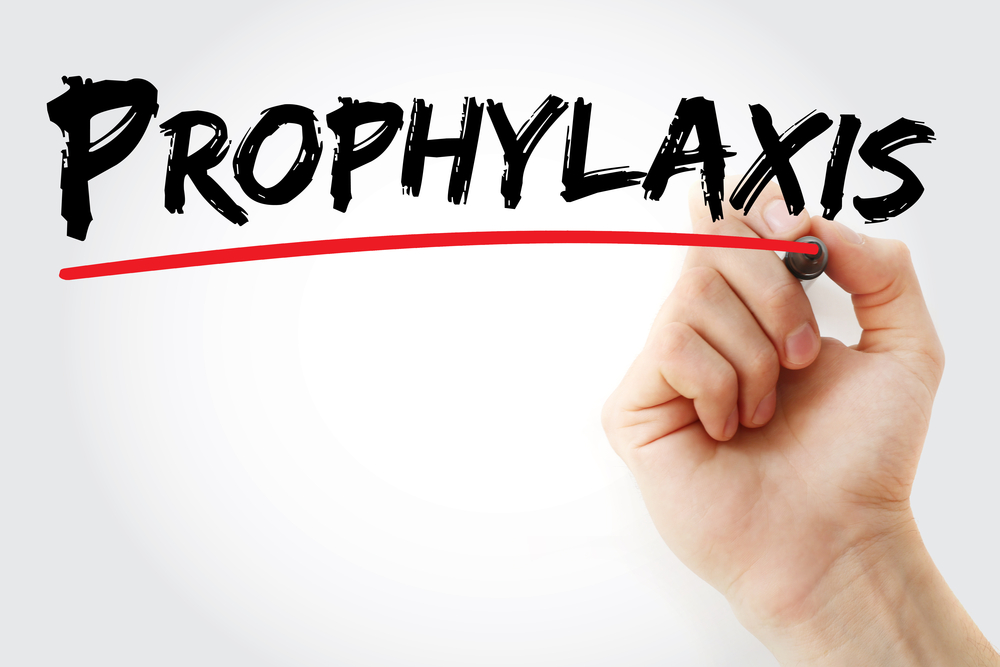High Adherence to Prophylaxis Improves Physical Activity of Patients With Hemophilia A, Study Says

High adherence to prophylactic treatment not only reduces the number of spontaneous bleeding episodes in patients with hemophilia A, but it also improves their physical activity, according to a study.
The study, “Physical activity improved by adherence to prophylaxis in an Italian population of children, adolescents and adults with severe haemophilia A: the SHAPE Study,” was published in Blood Transfusion.
Hemophilia is a genetic blood disorder that affects the body’s ability to form blood clots to prevent excessive bleeding. In hemophilia A, this inability of the blood to clot is caused by the lack of a specific clotting protein, called factor VIII (FVIII).
Current treatments for hemophilia A are based on providing the missing FVIII to patients as a prophylaxis, or preventive measure, to avoid spontaneous bleeding episodes and other complications of the condition, such as arthropathy (joint disease).
“However, the prophylaxis regimen is not without problems. The main challenges are related to the cost of this therapy for national health systems and the burden of frequent intravenous infusions. [Nevertheless,] adherence to the prescribed prophylactic regimen is crucial to treatment efficacy,” the investigators wrote.
In the past, patients with hemophilia were discouraged from participating in sports or other types of physical activity due to their risks of bleeds. However, a recent study has pointed out the benefits of physical activity among patients with blood disorders and argued that as long as patients with hemophilia remain on prophylactic treatment, they should not abstain from physical activity.
In this study, investigators set out to examine the levels of adherence to prophylactic treatment in a group of patients with severe hemophilia A and if adherence was correlated with their levels of physical activity.
The 36-month prospective study called SHAPE enrolled a total of 42 Italian patients with severe hemophilia A — 31.0% children, 21.4% adolescents, and 47.6% adults — that had been receiving prophylactic treatment with Kovaltry (octocog alfa) for at least six months.
Patients’ levels of physical activity were assessed using the Hemophilia and Exercise Project (HEP)-Test-Q and the Early Prophylaxis Immunologic Challenge (EPIC)-Norfolk Physical Activity Questionnaire. Patients’ joint health was assessed using the Hemophilia Joint Health Score (HJHS).
Adherence to prophylaxis was calculated by the ratio between the number of empty vials returned divided by the total number of vials prescribed.
Results showed that the type, frequency, and impact of physical activity were extremely variable, depending on the patients’ age group. According to findings from the HEP-Test-Q, patients with severe hemophilia A had worst performance on the “endurance” and “strength/coordination” categories.
Approximately 80% of the patients participating in the study were considered “adherent” to prophylaxis. From these, 50% had experienced at least one spontaneous bleeding episode in the year before enrolling in the study. This percentage dropped to 34.4% in the first year of the study, 31.3% in the second year, and 28.1% in the third year.
In addition, “adherent” patients had lower HJHS scores and lost fewer school/work days than “non-adherent” patients.
“Highly adherent patients did more sport and engaged in more physical activities with a medium impact on joints compared to patients with no or low adherence,” the researchers wrote.
“The results of this study showed high adherence to prophylaxis in our Italian population of hemophilia A patients, and this correlated with a significant reduction in bleeding events, number of target joints, and school/work days lost over time, and a steady improvement in performance during endurance sports activities,” they stated.






